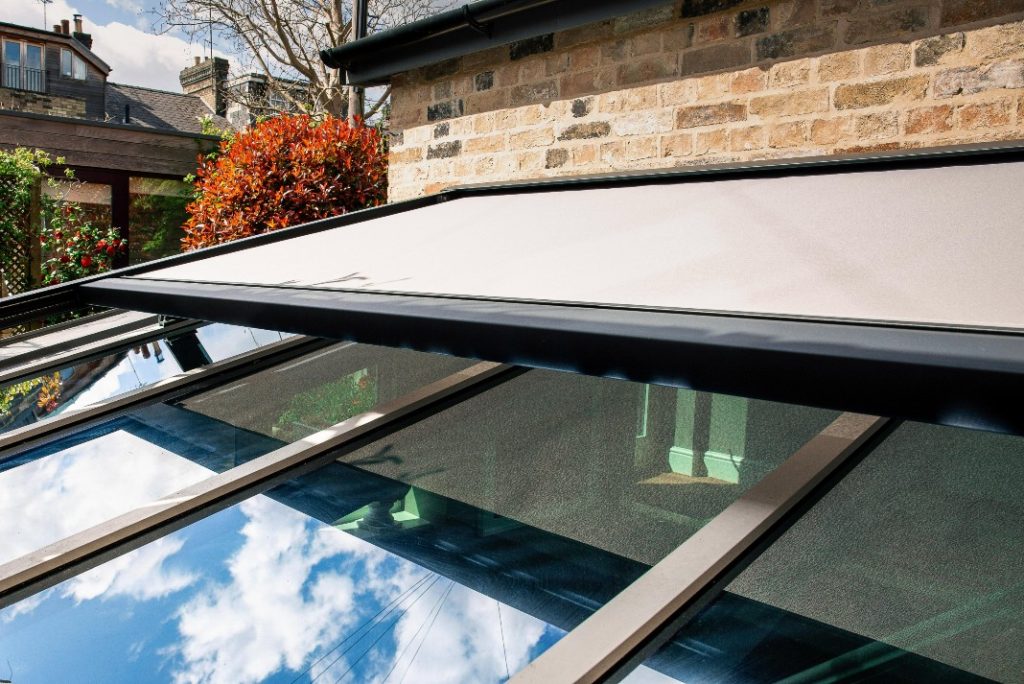Summertime brings warm weather and sunshine, which can be a delight for those who love spending time outdoors. However, the intense heat can make indoor spaces uncomfortable, especially in the basement. Basements tend to be more susceptible to heat due to their below-ground location, making them warmer and more humid than the rest of the house. As a result, staying cool and comfortable in the basement during the summer can be challenging. To alleviate this issue, implementing effective cooling strategies is essential. This article offers several practical tips to help you keep your basement cool and comfortable throughout the summer months.

Image: www.pinterest.com
Insulate and Seal Your Basement
Proper insulation and sealing are crucial for maintaining a cool basement. Insulating the walls, ceiling, and floor will create a barrier between the warm outdoor air and your basement, preventing heat from seeping in. Ensure that your insulation meets local building codes and is installed correctly. Additionally, inspect your basement for any cracks or gaps where warm air may enter. Seal these openings using caulk, expanding foam, or weatherstripping to prevent heat transfer.
Control Moisture and Ventilation
Moisture and humidity can significantly contribute to a warm and uncomfortable basement environment. Invest in a dehumidifier to remove excess moisture from the air. A dehumidifier works by condensing moisture from the air and collecting it in a reservoir. Regularly empty the reservoir to ensure optimal performance. Proper ventilation is another key factor in reducing humidity. Open windows or install exhaust fans to allow for air circulation and moisture removal.
Install a Ceiling Fan or Air Conditioner
Ceiling fans can effectively circulate air within your basement, creating a cooler and more comfortable environment. Choose a ceiling fan with a high cubic feet per minute (CFM) rating to ensure maximum airflow. For more significant cooling, consider installing a window air conditioner or central air conditioning system. These systems work by removing warm air and replacing it with cool air, effectively lowering the temperature in your basement.
Plant Trees and Shrubs Around Your Home
Surrounding your home with trees and shrubs can provide shade and block sunlight from directly heating your basement. Deciduous trees, which lose their leaves in the fall, are particularly effective in allowing sunlight to reach your basement during winter and providing shade during the summer. Plant trees strategically to maximize shade coverage over your basement windows and walls.
Use Energy-Efficient Lighting
Lighting can generate heat, contributing to a warmer basement. Replace incandescent light bulbs with energy-efficient LED or CFL bulbs, which produce less heat and consume less energy. Additionally, consider using natural light by installing windows or skylights in your basement. Natural light can significantly reduce the need for artificial lighting and keep your basement cooler.
Unplug Electronics and Appliances
Unused electronics and appliances can generate heat, contributing to a warmer basement. When not in use, unplug electronics, chargers, and appliances to minimize heat production. It’s also a good practice to turn off lights when leaving a room and to avoid using heat-generating appliances, such as clothes dryers, during the hottest times of the day.
Avoid Excess Heat Sources
Consider the heat sources you introduce into your basement. If possible, keep heat-producing appliances, such as water heaters and furnaces, outside of the basement or in a well-ventilated area. Avoid storing items that generate heat, such as firewood or boxes filled with insulation, in your basement. These measures will help minimize additional heat sources and keep your basement cooler.
Maximize Airflow
In addition to installing a ceiling fan, there are other ways to maximize airflow in your basement. Open windows or vents on opposite walls to create cross-ventilation and promote air circulation. Install a duct fan or whole-house fan to exhaust warm air and draw in cooler air from outside. These measures will help keep the air in your basement moving and prevent it from becoming stagnant and warm.
Utilize Floor Coverings
The type of flooring you install in your basement can impact its temperature. Choose flooring materials that are naturally cool, such as tile, stone, or concrete. These materials absorb less heat and will feel cooler underfoot than carpeting or rugs. If you prefer carpeting, opt for a light-colored carpet, which reflects heat better than dark-colored carpets.
Implement Passive Cooling Techniques
Passive cooling techniques utilize natural principles to cool a space without relying on mechanical systems. One effective technique is evaporative cooling, which involves using the evaporation of water to lower the air temperature. Place a bowl or bucket of water in front of a fan. As the water evaporates, it cools the air that is circulated by the fan, creating a cooler breeze.
Maintain Your Basement
Regular maintenance is essential for keeping your basement cool and comfortable. Clean your dehumidifier regularly to ensure optimal performance. Inspect your insulation and weatherstripping for any damage or gaps and make necessary repairs promptly. By proactively maintaining your basement, you can prevent issues that could lead to increased warmth and discomfort.
Conclusion
Maintaining a cool and comfortable basement during the summer is achievable by implementing effective cooling strategies. Insulating and sealing your basement, controlling moisture and ventilation, and installing cooling systems are crucial steps. Maximizing airflow, utilizing energy-efficient lighting, and minimizing heat sources also contribute to a cooler environment. By following the tips outlined in this article, you can effectively keep your basement cool and comfortable throughout the summer months, creating a more enjoyable and livable space.

Image: www.ggpmag.com
How To Keep Basement Cool In Summer